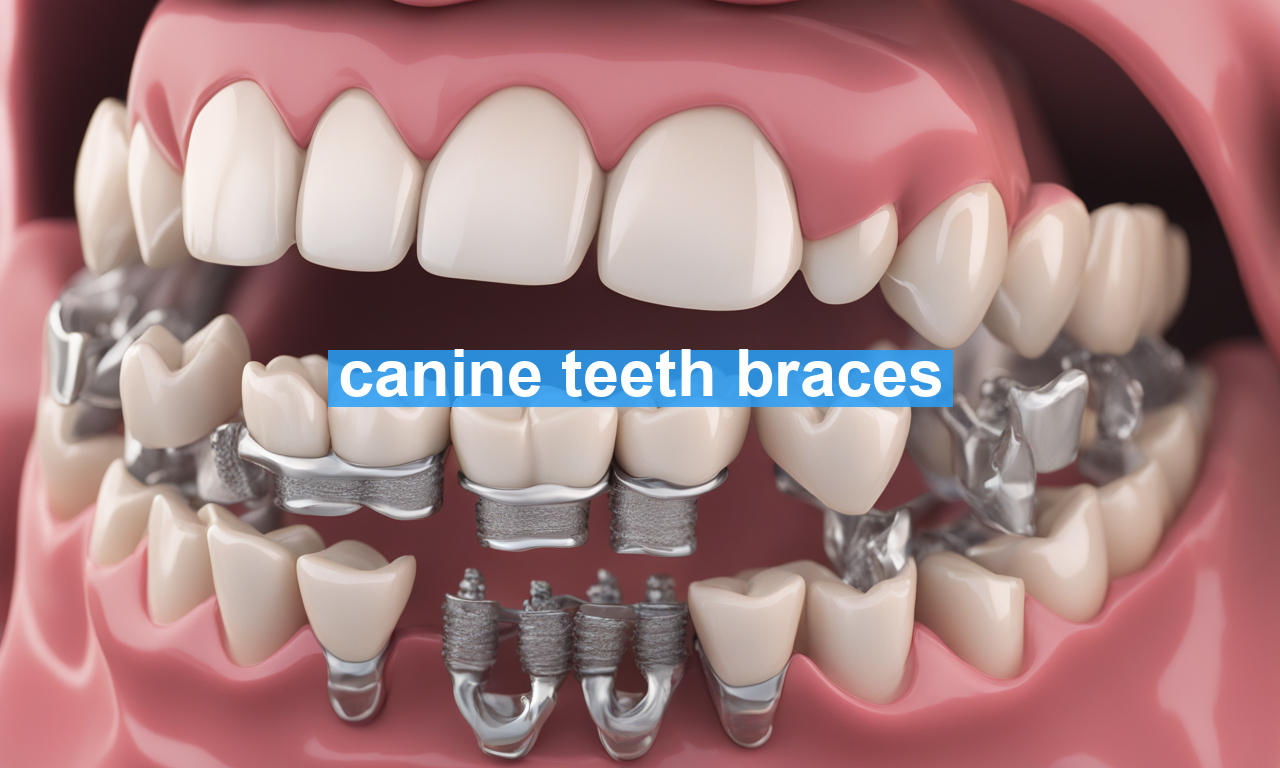When you think about dental braces, you might picture metal wires and brackets on human teeth, correcting misalignment and perfecting that Hollywood smile. But what if I told you that our beloved furry friends might also benefit from a similar dental treatment? Yes, canine teeth braces are a real thing, and they play a crucial role in maintaining our dogs’ oral health. In this article, we’ll delve into the fascinating world of orthodontic care for dogs, answer some burning questions, and explain why these braces might be more important than you think.
Why Would a Dog Need Braces?
It’s a common misconception that braces for dogs are purely cosmetic. In reality, the primary goal of canine orthodontics is to improve the animal’s quality of life. Dogs, like humans, can suffer from dental issues that significantly impact their health:
If left untreated, these conditions can result in more severe health problems like infections, weight loss, and chronic pain. Braces can help address these issues by aligning the teeth properly, thereby improving overall oral health.
How Do Canine Braces Work?
Canine braces are very similar to the ones used in human orthodontics, consisting of brackets and wires. However, they are specifically designed to fit a dog’s mouth and cater to its unique dental needs. Here’s a quick overview of how braces function for our four-legged companions:
It’s fascinating how similar the process is to human orthodontic treatment, yet tailored to fit the specific requirements of a dog’s mouth.
Who Can Provide Braces for Dogs?
Not all veterinarians provide orthodontic treatments, as it requires specialized knowledge in veterinary dentistry. You need to find a board-certified veterinary dentist to evaluate your dog’s dental condition and recommend the appropriate treatment. These specialists have in-depth knowledge about animal dental anatomy and possess the skills to safely fit braces on your pet.
Is the Procedure Painful for Dogs?
Understandably, pet owners worry about their furry friends experiencing discomfort. The procedure to fit braces is typically performed under anesthesia to prevent stress and pain during the fitting process. Over the course of the treatment, dogs may experience some level of discomfort similar to what humans feel with braces. However, your veterinarian will guide you on how to manage any discomfort with medications, if necessary.
What About the Costs?
The cost of canine braces can vary significantly based on the complexity of the dental issues, the provider’s fees, and the geographic location. It typically ranges from a few hundred to several thousand dollars. While it may seem costly, investing in your pet’s dental health can prevent much more severe health issues and ensure a happy, pain-free life for your dog.
Alternatives to Canine Braces
For some dogs, braces might not be necessary or feasible. In such cases, other treatment options may be considered. These can include tooth extraction, dental crowns, or other types of orthodontic devices. It’s essential to follow the advice of your veterinary dentist to choose the best treatment path.
Maintaining Oral Health After Bracing
Once the orthodontic treatment is complete, maintaining oral health is crucial in preventing future dental issues. Here are some tips for post-braces care:
Regular monitoring and maintaining good oral hygiene play an essential role in ensuring your dog’s teeth remain healthy and aligned.
In conclusion, while the idea of braces for dogs might seem unconventional, they provide a valuable solution to a number of dental health issues commonly experienced by our canine companions. If you suspect your dog might benefit from orthodontic treatment, don’t hesitate to consult a professional veterinarian for more guidance. Remember, a healthy mouth contributes greatly to the overall well-being and longevity of your best friend.

